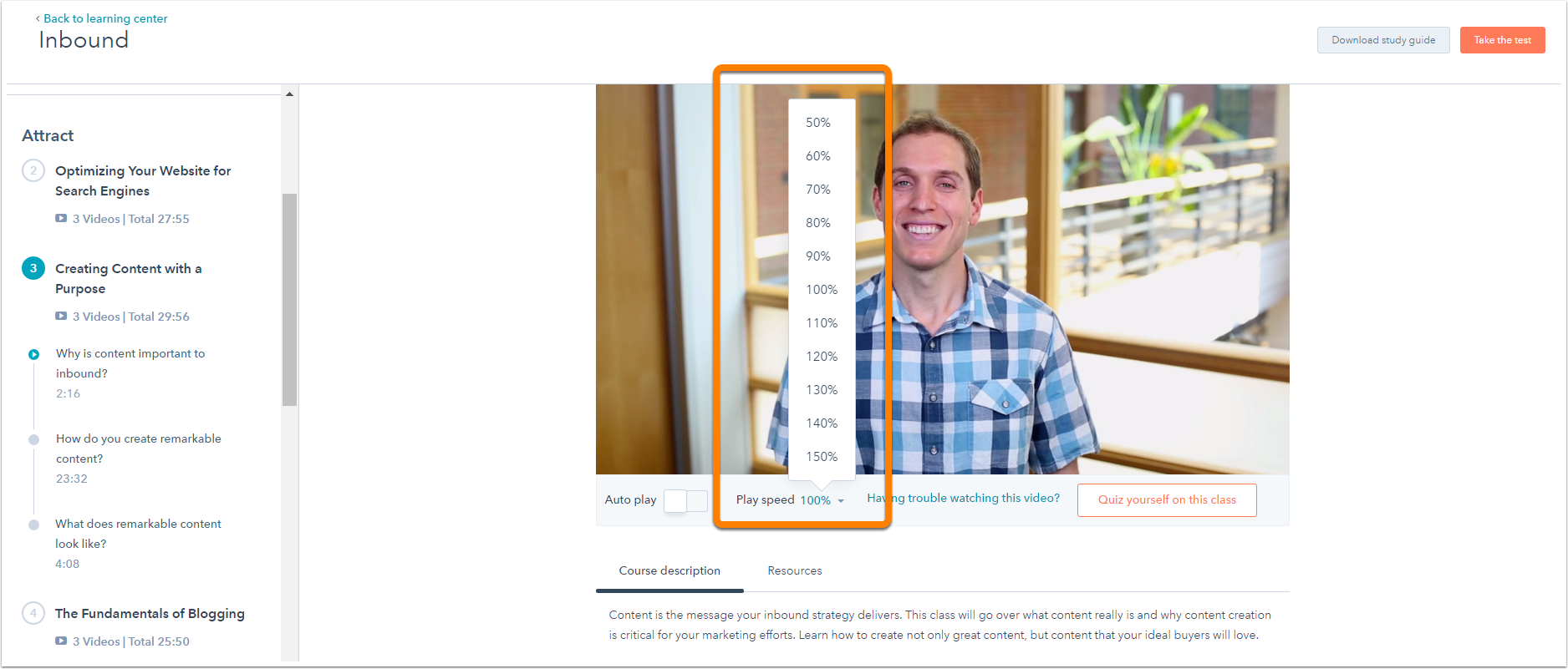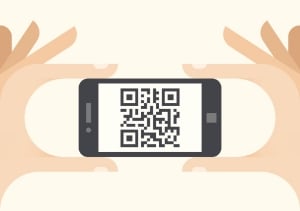 Webinars have become integral to how companies introduce prospective customers to their products or services. The engagement value of a live presentation often out-weighs that of a static product page. From both a time and resource perspective however, webinars can also be a major investment.
Webinars have become integral to how companies introduce prospective customers to their products or services. The engagement value of a live presentation often out-weighs that of a static product page. From both a time and resource perspective however, webinars can also be a major investment.

To maximize your investment and get the most out of your content, you'll want to pay close attention to a few key elements. Here are seven ideas to simplify your process so you can focus on the content.
7 Webinar Tips from ReadyTalk
Integrate Your Webinar Tool with HubSpot
Before we begin, check to see if your webinar provider has an integration with HubSpot. That's one key way to make your webinars more efficient.
For example, the integration between my company ReadyTalk (a full-featured webinar solution) and HubSpot automatically syncs information between your webinar provider and HubSpot. With the integration you can leverage HubSpot for event emails and registration, while automatically syncing attendance and interactivity data between the two platforms. Some of the below tips will call out how to use the ReadyTalk integration in other ways.
Check out all of HubSpot's integrations here. The ReadyTalk integration is available to all HubSpot users.
Target Your Content by Considering Your Audience
When you're planning your webinar, start by considering your audience and what is important to them. It can be tempting to create a general webinar that covers all your bases, but where possible, push yourself to identify who is the most likely attendee of your webinar. By catering the content to their needs, you'll have a higher likelihood of attracting the right audience.
If you can't gear your webinar toward a certain industry or role, consider the customer lifecycle. Would webinar attendees more likely be at the beginning research phases of their purchase decision or near the end? Tailor your content to fit them and what they need to move forward in the buyer's journey.
Optimize Your Landing Page
As marketers, we can get a little carried away when we have the opportunity to put a form in front of a prospect, and we try to gather as much data as humanly possible. But, resist that urge. Instead, gather additional qualifying data during the webinar through the use of polling questions. (It's a live event, after all!) We’ll talk about how to use that data in a bit.
Keep Your Emails Consistent and On-Brand
You’ve likely spent a lot of time ensuring that your emails and landing pages exude a similar look and feel across all of your campaigns, and your webinar-related communication should be no different. As I mentioned above, when using the ReadyTalk Integration, all event emails can be sent from HubSpot, including invitations, confirmation, reminder, and follow-up communication.
Are you new to webinars and curious about what content should be included in each email? Here are a few places to start.
- You’re likely getting invited to other webinars. Survey those invites. Which did you open or ignore? Check out the invitation layout, what information is provided, then register for the webinar to see the landing page and what the confirmation email entails.
- Search the HubSpot blog. There are lots of ideas on how to get the most out of your webinar, including this post.
- If you're using ReadyTalk, we provide HTML for each email type, which can be pasted into the source code. The HTML includes webinar information like the title, date/time, description, presenter information, as well as field merges from the contact record, if applicable.
Make “Add to Calendar” Easy
You’ve already done a lot of work to get someone to register for your webinar. The next hurdle is getting them to actually attend.
When the registrant receives their confirmation and reminder emails, make it easy for them to add your webinar to their Outlook or Google Calendar. Take it one step further by including all the info they need to join, like their unique join meeting URL and audio info in the ICS file. It may seem like a small detail, but giving them a one-click way to factor the webinar into their schedules can reduce friction and increase attendance.
Use Polls to Capture Additional Qualifying Data
Polls are a great technique for keeping your audience’s attention during a webinar. In addition, they provide an opportunity to learn more about your audience and provide you details that will help in the selling process.
Ask the right polling questions during your webinar, and if your webinar system is integrated with HubSpot, you can pull each prospect’s responses into HubSpot to drive lead scoring, segmentation into different campaigns, follow-up workflows, etc. At ReadyTalk, we make a practice of this. We ask people how they are using web conferencing in their business and then use that data to segment people into sales demo, online training, and marketing webinar nurturing programs based on their response. Think about what questions you'd want to ask.
Go Beyond “Thanks” and “Sorry” for Follow-Up
Using HubSpot for post-webinar follow-up opens up a world of possibilities beyond the standard “thanks for attending” and “sorry we missed you” emails that most marketers send today.
Here are a couple ideas we love for more sophisticated follow-up options:
- Use attendance duration data to trigger more tailored follow-up emails based on how long each prospect attended the event.
- Segment prospects into different nurturing tracks based on their response to a specific polling question about their top of mind issues.
- Send follow-up materials and blog suggestions based on their questions or poll-responses.
It's the little things that transform a webinar from good to high-value. Remember, the experience is about more than the webinar itself. The reminder emails, poll questions asked, and follow-up emails all play a big role too.
What were some of the best webinars you attended? What made them stand out?
Would you like to learn more about the ReadyTalk/HubSpot integration? See a video of the integration in action here.










